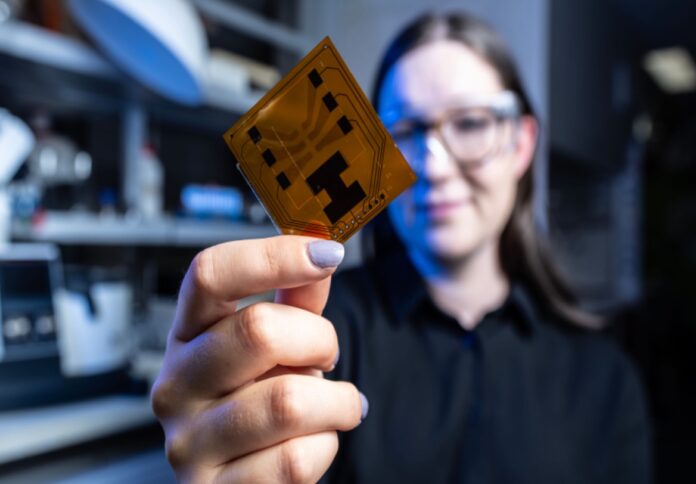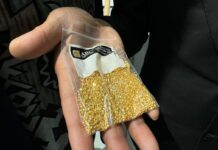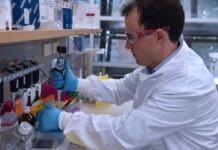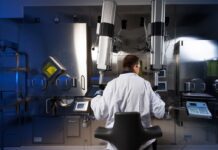
A groundbreaking study led by the University of Wollongong (UOW) suggests that wearable organic x-ray sensors could revolutionise cancer treatment by improving the safety and precision of radiotherapy.
Published in Advanced Functional Materials, the research highlights the potential of flexible, lightweight, and biocompatible sensors to monitor radiation exposure in real time.
“Radiotherapy aims to use an external beam of ionising radiation to kill or damage cancer cells without damaging surrounding healthy cells or organs. This requires precise delivery of the treatment protocols to optimise outcomes and minimise side effects,” said Dr Jessie Posar, lead researcher from UOW’s School of Physics.
“This innovation could lead to better health outcomes for patients by minimising side effects and enhancing treatment accuracy.”
Traditional silicon-based detectors, while effective, are costly and rigid. Organic x-ray sensors, on the other hand, are printable, stretchable, and offer biocompatibility thanks to their carbon-based structure.
“These sensors can directly monitor radiation exposure of the body, allowing real-time adjustments during cancer treatments, minimising damage to healthy tissues. However, the behaviour of organic x-ray sensors is still unknown and that’s what our team wanted to explore,” Dr Posar explained.
The team’s findings reveal that under conventional radiotherapy conditions, the sensors can detect incident x-rays with high precision while transmitting 99.8% of the radiation beam.
This capability makes them suitable for wearable applications, potentially transforming personalised cancer care.
The research also explored the sensors’ capabilities in a cutting-edge treatment modality known as Microbeam Radiation Therapy, developed in collaboration with the Australian Nuclear Science and Technology Organisation’s (ANSTO) Australian Synchrotron.
“Our study demonstrated that flexible organic sensors can detect microbeam x-rays with a precision of 2 per cent and that they exhibit similar radiation tolerance to silicon-based detectors ensuring reliable and long-term use under these dangerous radiation fields,” Dr Posar said.
UOW researchers worked with experts from institutions including the University of Surrey, the University of Bologna, and Australia’s James Cook University.
“The performance of organic diodes exposed to natural sunlight as increased by almost 600 per cent over the last two decades, because of the work of tens of thousands of scientists and hundreds of millions of dollars in funding across the globe over that time,” Professor Attila Mozer from the Intelligent Polymer Research Institute at UOW.
“When we started using essentially the same materials for radiation detection, we needed to un-learn most of the well-established paradigms to make the progress we have presented today. It’s been a really fascinating aspect of this research.”
The next phase of the research will involve leveraging data science to accelerate development and move closer to clinical applications.



















